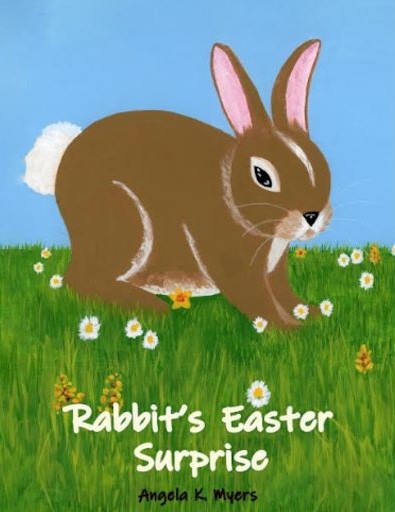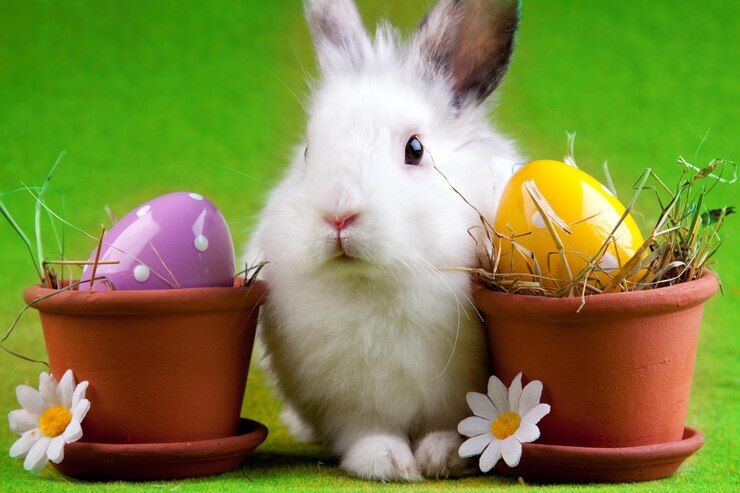When you picture the Easter Bunny, what comes to mind? Chances are, you’re imagining a fluffy white rabbit. But why are Easter bunnies always white? This beloved symbol of spring and renewal carries more meaning than you might think. Understanding the deeper significance can make your Easter celebrations even more special.
The white Easter Bunny is not only a charming tradition but also a reminder of hope, renewal, and purity. Its color holds deep symbolic meaning across different cultures and traditions. Let’s explore the fascinating symbolism behind the Easter Bunny’s white fur.
The Symbolism of White in Traditions
White has long been a symbol of purity, innocence, and new beginnings. Many cultures associate the color with peace and renewal. In Christian traditions, white represents holiness and the resurrection of Jesus, making it a perfect fit for Easter celebrations.
It’s more than just a cute image, it’s a reflection of hope and transformation. The visual appeal of white bunnies further reinforces their association with cleanliness and perfection, making them the ideal mascot for the season of rebirth.
Folklore and the Easter Bunny
The Easter Bunny has roots in European folklore. The tradition is believed to have originated in Germany, where stories of an egg-laying hare called “Osterhase” became part of spring celebrations. Over time, the bunny became a prominent figure in Easter festivities.
While early depictions didn’t always feature white rabbits, the association with purity and new life made white bunnies the preferred symbol. The image of the white Easter Bunny became widely popular in the 19th century and has remained ever since.
Why White Bunnies Capture the Imagination
Children and adults alike are drawn to the gentle, peaceful appearance of white rabbits. Their bright fur stands out as a symbol of hope and joy, especially during the Easter season. Whether hopping through springtime meadows or delivering eggs, the white Easter Bunny adds a touch of magic to holiday traditions.
Creating Your Own Easter Traditions
You can make the white Easter Bunny a part of your family’s holiday traditions. Read stories, create crafts, or organize an Easter egg hunt to celebrate the season. Sharing the meaning behind the white bunny helps children connect with the holiday on a deeper level.

Final Thoughts
The white Easter Bunny is more than just a whimsical figure, it’s a symbol of faith, purity, and transformation. Understanding its origins adds a layer of meaning to your Easter celebrations. By sharing stories and creating traditions, you help your family connect with the holiday’s deeper significance.
If you’d like your children to learn the reason behind white Easter bunnies, Rabbit’s Easter Surprise by Angela K. Myers provides a touching perspective. This delightful story helps kids discover the meaningful origins of the Easter Bunny tradition. Order your copy today and discover how this timeless tale brings the magic of Easter to life.




